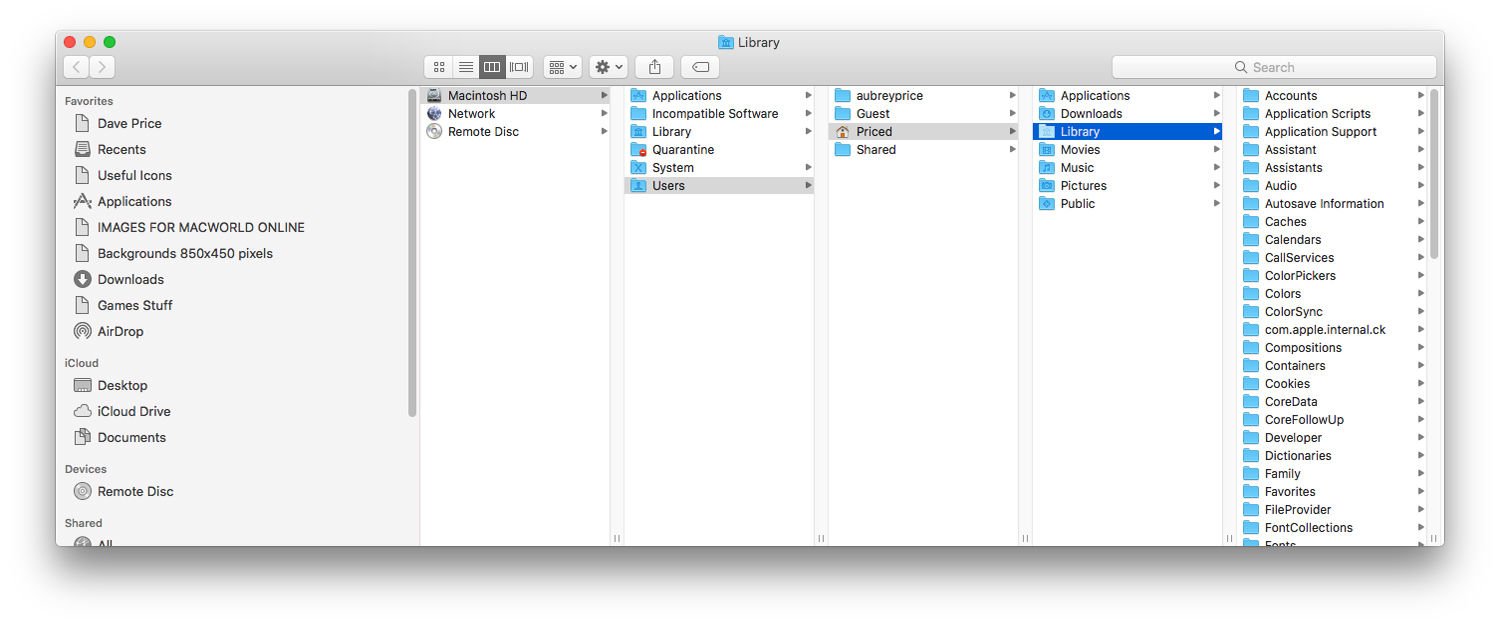

Click your internal Macintosh HD disk on the left, then click the First Aid button at the top and select Run. Press Command + Space bar, type disk utility and press Enter to open the Disk Utility. If you’re having problems with your Mac, it’s a good idea to run this. Luckily, macOS has a built-in utility that can diagnose and fix disk problems automatically.
#Force quit control mac mac
Some Mac issues – including frequent app crashes, files that won’t open, slow startup and more – can be caused by disk problems. Click on any apps that you don’t need to run on startup, then click the minus button beneath. Click your user account on the left, then Login Items. Open System Preferences, then click Users & Groups. Programs that are set to run on startup can make your Mac slower to boot and run. Any apps with a dot under their Dock icon are still running – hold the Control key down, click the app’s Dock icon and select Quit to close it. You need to quit them properly rather than just closing the program window, as some keep running in the background. Any apps with excessively high usage could be slowing you down, so quit any apps that you're not using. You can do the same with memory hogs by clicking the Memory tab, then clicking the Memory column heading. Click the CPU tab, then click the %CPU column heading to list apps by how much processing power they’re using. To find out which ones, open the Activity Monitor, which you’ll find in the Utilities folder. There are several reasons why a Mac might start to run more slowly, but it’s usually caused by apps hogging your memory, CPU and other system resources.
#Force quit control mac update
In that case, check the app developer’s website to see if there’s an update for the latest version of macOS. If an app freezes or crashes frequently, there could be a compatibility problem.

There you can locate the frozen application (it will usually say Not Responding next to it) – click it, then click the X button in the top-left corner of the window to force quit the app. If that happens, navigate to the Activity Monitor, which you’ll find in the Utilities folder. Sometimes the app you want to force quit won’t be listed here – this can happen with apps that run in the background. Click the one that has frozen, then click Force Quit. A small window will open, listing all the applications you have open. If that doesn’t work, then click the Apple icon in the top-left corner of your desktop, then select Force Quit from the drop-down menu. Hold down the Control key, then while you're holding that down, click the app’s icon in the Dock and select Quit from the pop-up menu. When an application becomes unresponsive, you’ll need to quit it and restart it. Having trouble with your Apple Mac? Here are five things you can try Frozen apps


 0 kommentar(er)
0 kommentar(er)
